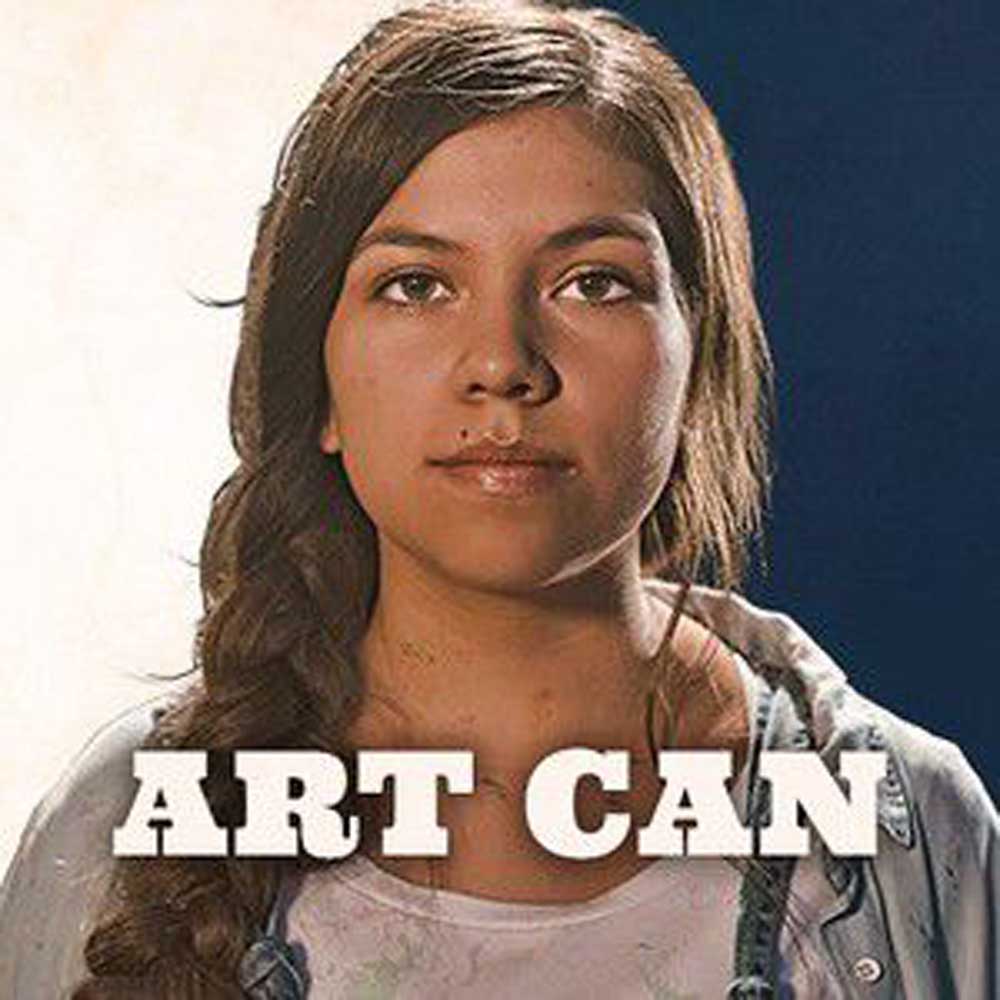Opinion: Teaching Life Skills through Arts Education
Published 11:27 am Tuesday, November 15, 2016

- Courtesy
By George Faber and Dawn Leatherwood
In school and in the community, we have a duty to our children to prepare them to succeed in life – to step up to challenges and triumph.
Though core subjects like math, reading, and history are indispensable, a child’s education goes beyond that. We must take responsibility for educating the whole child. And this involves seizing opportunities to instill timeless, lifelong values – hard work, perseverance, discipline, patience, respect, and many more.
When students receive quality instruction in the arts, these are exactly the kinds of values that they practice and refine. Whether it’s classical ballet, 3-D animation, or marching band, there’s no limit on the positive outcomes. When students participate in the arts, they get inspired to dream bigger and strive harder.
When we teach the arts, we teach life too.
Here in Tyler, we have a lot to be proud of. Thanks to the support of state and local leaders, Tyler ISD is a model district. At the middle school level, students complete an average of 0.67 credits per student, which is above average compared to our regional and statewide peer districts. At the high school lever, Tyler ISD offers 43 unique art electives.
We know this because we now have easily accessible information that shows what access to arts education looks like across the state. The Texas Cultural Trust this month launched a new multimedia campaign called Art Can, which features data on arts credits, teachers, and courses for each public school district in Texas.
Quality arts instruction can have a significant impact on how well students perform in core subjects. This is partly because arts instruction results in kids spending more time in school in the first place. Across all grade levels, greater arts course completion has been associated with higher attendance rates, with the greatest impact at the high school level.
According to the Texas Cultural Trust’s 2015 State of the Arts Report, students were only half as likely to drop out if they completed at least one arts course credit in the 9th grade, as compared to their at-risk peers who were not enrolled in arts. And graduation rates for students engaged in the arts in the 9th grade were nearly four percentage points higher than their peers who were not.
These statistics are compelling, but are they really such a surprise? When we train students in the arts – whether it be music, visual arts, dance or theater – it develops their innate sense of drive, and it inspires them to be steadfast in pursuing their goals. Arts education for Texas students makes a difference – and it’s worth the investment.
So then, what can we do to ensure that more Texas students have access to quality arts education?
A great first step is to learn more. This month, as part of the Art Can campaign, the Texas Cultural Trust launched a new multimedia website that provides information about arts access at every public school district in Texas. It’s available online in both English and Spanish at www.ArtCanTexas.com.
The next step is to advocate. Highlight the importance of the arts in educating our children and sustaining our vibrant Texas economy. The Art Can website provides a way to turn popular support into action. At the click of a button, parents and community members can reach out to their local school boards and legislators to express their support for continued and expanded access to increased arts education here in Tyler and across the state.
Arts education helps build a stronger workforce and better citizens. Supporting the arts ensures Texas’ cultural and economic advantage for the future. Let’s seize the opportunity.
George Faber is the director of visual and performing arts for Tyler ISD. Dawn Leatherwood is a member of the Texas Cultural Trust Board of Directors. To learn more about the Art Can campaign, visit: www.ArtCanTexas.org.






